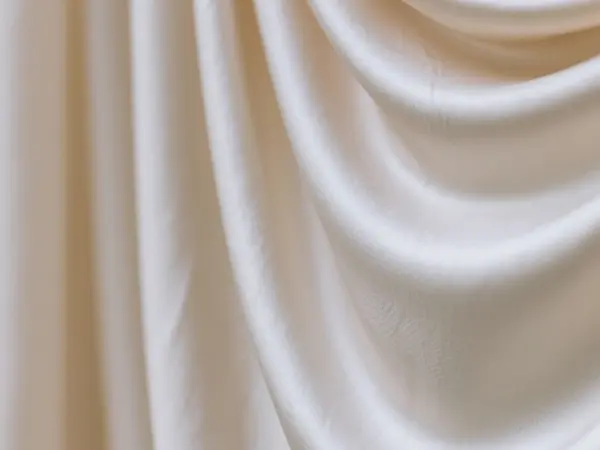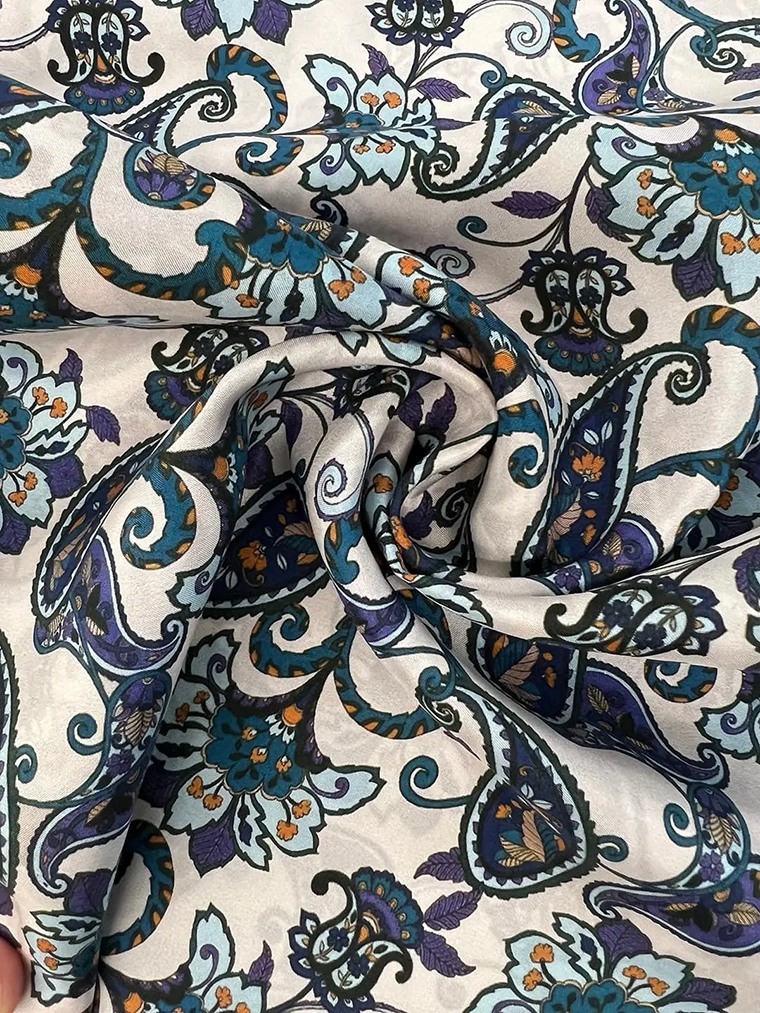Physical Address
304 North Cardinal St.
Dorchester Center, MA 02124
Physical Address
304 North Cardinal St.
Dorchester Center, MA 02124

Silk habotai fabric, a hidden gem within the vast realm of silk textiles, stands out with its unique characteristics and versatile applications. As one of the esteemed members of the silk fabric family, alongside renowned varieties such as silk chiffon and heavy silk, silk habotai has earned its place through a combination of luxurious feel, practical benefits, and aesthetic appeal.
The Basics of Silk Habotai Fabric
Silk habotai fabric, deeply rooted in the silk category, inherits the fundamental qualities that make silk a highly sought-after material. At its core, silk is a natural protein fiber produced by silkworms, and silk habotai is no exception. This natural origin endows the fabric with a host of remarkable properties that set it apart from synthetic alternatives.
Exceptional Characteristics
One of the most notable features of silk habotai fabric is its outstanding moisture absorption capabilities. The fabric’s porous structure allows it to quickly absorb and release moisture, keeping the wearer dry and comfortable even in warm and humid conditions. This property makes silk habotai an ideal choice for clothing, especially during the summer months when staying cool is essential.
In addition to its moisture-wicking abilities, silk habotai also exhibits excellent antistatic properties. Unlike synthetic fabrics that tend to generate static electricity, silk habotai remains static-free, preventing the fabric from clinging to the body and reducing the likelihood of uncomfortable shocks. This makes it a more comfortable and practical option for everyday wear.
The protein composition of silk habotai is strikingly similar to that of human skin, resulting in a soft and luxurious feel against the skin. When worn, the fabric glides smoothly over the body, providing a gentle and caressing sensation that is both comfortable and indulgent. This makes silk habotai a popular choice for lingerie, nightwear, and other garments that come into close contact with the skin.
Another remarkable property of silk habotai is its ability to absorb ultraviolet (UV) rays. Tryptophan and tyrosine, two amino acids present in silk fibers, act as natural UV absorbers, protecting the skin from the harmful effects of the sun’s rays. This makes silk habotai a great choice for outdoor clothing, helping to shield the skin from sunburn and reducing the risk of skin damage.
While silk habotai offers many benefits, it also has some unique characteristics that set it apart from other silk fabrics. Due to its light texture and relatively low weight, silk habotai has a naturally lower vertical drape compared to heavier silk products. This gives the fabric a more fluid and flowing appearance, making it suitable for creating garments with a soft and feminine silhouette.
Comparison with Other Silk Fabrics
When compared to other thin and light silk fabrics, such as silk chiffon, silk habotai has several distinct advantages. Unlike silk chiffon, which is often highly transparent, silk habotai offers better coverage, making it a more versatile option for a wider range of clothing styles. This means that silk habotai garments can be worn without the need for additional lining, simplifying the design and construction process.
In terms of appearance, silk habotai has a subtle mercerizing effect, giving it a soft and lustrous sheen that is both elegant and understated. This makes it a popular choice for creating clothing that exudes sophistication without being overly flashy. Unlike silk satin, which has a more pronounced shine and a more formal appearance, silk habotai offers a more casual and everyday elegance that is suitable for a variety of occasions.
Applications of Silk Habotai Fabric
The unique properties and characteristics of silk habotai make it a versatile fabric that can be used in a wide range of applications. In the world of fashion, silk habotai is commonly used to create dresses, blouses, scarves, and other garments. Its soft and flowing drape makes it ideal for creating feminine and elegant designs, while its excellent moisture absorption and breathability ensure that the wearer stays comfortable throughout the day.
Silk habotai is also a popular choice for lingerie and nightwear, thanks to its soft and luxurious feel against the skin. The fabric’s natural moisture-wicking properties help to keep the body dry and comfortable during sleep, while its UV-blocking capabilities provide an added layer of protection for the skin.
In addition to its use in the fashion industry, silk habotai is also used in a variety of other applications, such as home decor, accessories, and even in the production of traditional Chinese medicine. Its versatility and beauty make it a valuable material in many different fields.
Conclusion
In conclusion, silk habotai fabric is a truly remarkable material that offers a unique combination of luxury, comfort, and practicality. Its exceptional moisture absorption, antistatic properties, soft feel, and UV-blocking capabilities make it a popular choice for a wide range of applications, from fashion to home decor. Whether you’re looking for a comfortable and stylish dress, a soft and luxurious scarf, or a practical and elegant lingerie set, silk habotai is a fabric that is sure to meet your needs. So the next time you’re shopping for silk products, be sure to consider silk habotai and experience the elegance and beauty of this remarkable fabric for yourself.
Design:Paisley Fabric Width:53/54“ (140CM) Industry Weight:34 GSM Content:100% Mulberry Silk Country of Origin:China 8MM Silk Habotai Fabric – Paisley Printed Product description Silk habotai fabric is quite an interesting item. It is very lightweight, particularly silk habotai 8mm. However, it is not so seen through. Silk habotai scarf custom making is also available at us.
